Sizzling Spices & Soulful Dishes: Exploring Brazilian Food Like Never Before!
Welcome to the vibrant world of Brazilian food dishes—a delicious fusion of indigenous, African, and Portuguese influences wrapped in bold flavors and aromatic spices. Whether you're a seasoned spice lover or just starting your culinary adventure, this journey through Brazil's rich gastronomic traditions promises to be both educational and mouthwatering.
Table of Contents
- Why Brazilian Cuisine is a Spice Lover’s Dream
- Top 5 Must-Try Brazilian Dishes for Every Palate
- Essential Spices in Brazilian Cooking (And How to Use Them)
- Spice It Up: Regional Variations Across Brazil
- Buying Guide: Where to Find Authentic Brazilian Spices and Ingredients
- Frequently Asked Questions About Brazilian Cuisine
- Final Thoughts: Savoring Brazil One Dish at a Time
Why Brazilian Cuisine is a Spice Lover’s Dream
Brazil may not be known for fiery heat like Thai or Indian cuisine, but it more than makes up for it with deep, complex flavor profiles that reflect its diverse cultural heritage. From the smoky depth of pimenta-do-reino (black pepper) to the earthy undertones of coentro (coriander), Brazilian dishes offer a sensory feast for spice lovers.
The Cultural Mosaic Behind the Flavor
Brazilian cooking evolved from a mix of indigenous ingredients, African techniques, and European culinary practices. The result? A harmonious blend where every bite tells a story of migration, adaptation, and celebration.
Top 5 Must-Try Brazilian Dishes for Every Palate
Let’s dive into some iconic dishes that showcase the heart and soul of Brazilian cuisine—and why they should be on your radar:
- Feijoada – The national dish of Brazil, this hearty black bean stew with pork is slow-cooked to perfection and packed with flavor.
- Moqueca – A coastal favorite featuring fish simmered in coconut milk, tomatoes, and dendê oil (palm oil), delivering a sweet and spicy balance.
- Churrasco – Brazilian barbecue, often seasoned simply with coarse salt, letting the quality of the meat shine.
- Vatapá – A creamy bread and shrimp mixture flavored with coconut, peanuts, and palm oil, rooted in Afro-Brazilian culture.
- Pão de Queijo – These cheese-filled yuca balls are addictive, gluten-free, and perfect for snacking or breakfast.
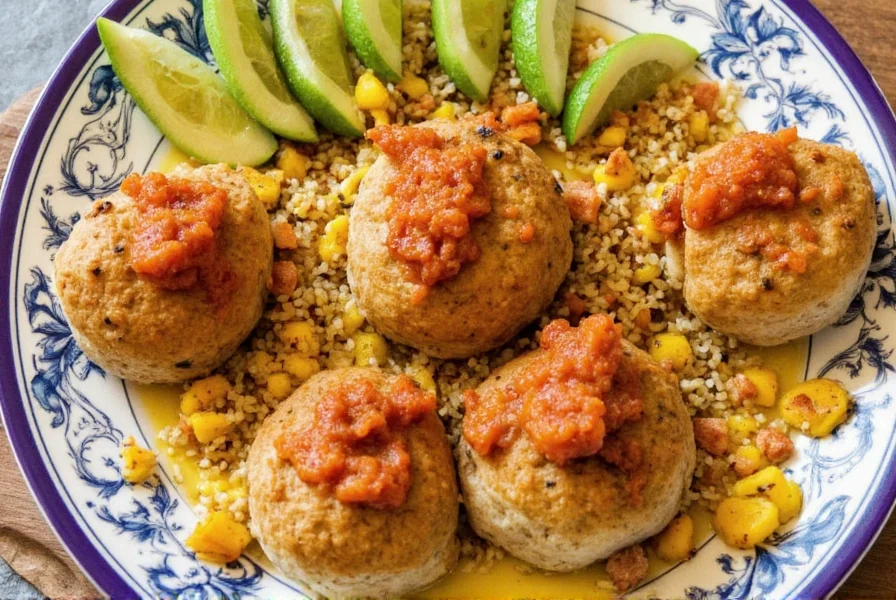
Dining as an Experience
In Brazil, meals are social events. Whether it’s a weekend churrasco with friends or a festive vatapá during Carnaval, food is about connection, joy, and shared moments.
Essential Spices in Brazilian Cooking (And How to Use Them)
Brazilian cuisine relies less on heavy spice blends and more on enhancing natural flavors with simple, high-quality ingredients. However, certain spices play a crucial role in defining regional specialties.
| Spice | Main Use | Taste Profile | Common Dishes |
|---|---|---|---|
| Black Pepper (Pimenta-do-reino) | Seasoning meats and stews | Earthy, sharp, mildly pungent | Feijoada, Churrasco |
| Coriander (Coentro) | Used fresh in salsas and sauces | Citrusy, herbal, slightly soapy to some palates | Moqueca, Camarão na Moranga |
| Cumin | Enhancing savory dishes | Warm, earthy, nutty | Rice, beans, ground meat fillings |
| Annatto (Urchu, Achiote) | Adding color and mild peppery flavor | Mildly peppery, floral, earthy | Palm oil-based dishes, marinades |
| Bay Leaf (Louro) | Simmered in soups and stews | Floral, woodsy, slightly minty | Feijoada, rice, beans |
Pro Tip: Freshness Matters
Use whole spices whenever possible and grind them fresh. Toasting cumin seeds or crushing bay leaves helps release their oils and intensify the aroma in your dishes.
Spice It Up: Regional Variations Across Brazil
Brazil is a vast country with distinct culinary identities across its regions. Each area brings something special to the spice table:
- Northeast: Rich use of dendê (palm oil), coconut, and dried shrimp. Think moquecas and carurú (okra stew).
- Southeast: Home to Rio de Janeiro and São Paulo, where urban diversity has led to fusion dishes and creative twists on classics.
- South: Influenced by German and Italian immigrants, this region leans into grilled meats and simpler seasoning styles, especially in churrasco culture.
- North: Amazonian flavors dominate here—tucupi sauce, jambu (spicy herb), and piranha fish feature heavily.
- Midwest: Known for beef production, dishes often include roasted meats and corn-based sides, spiced subtly with native herbs.
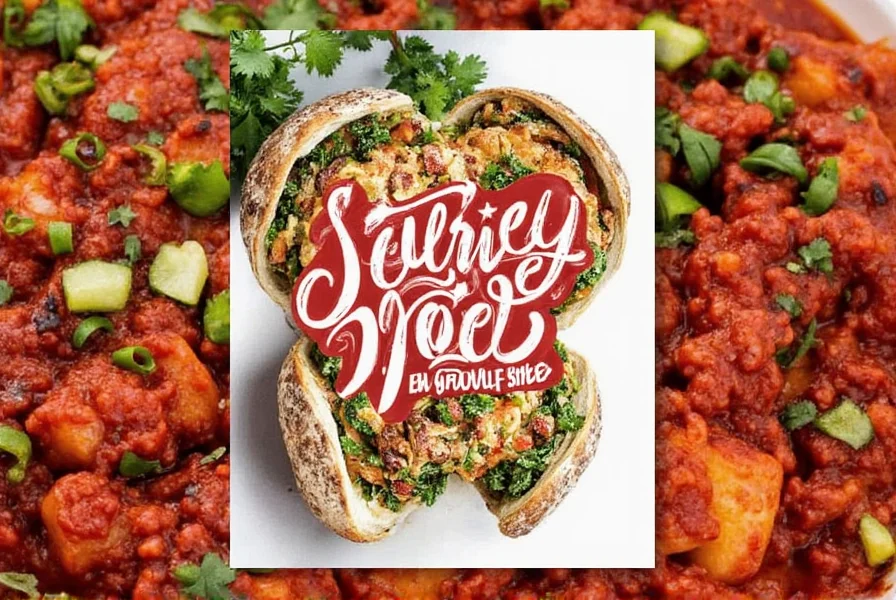
Regional Spice Spotlight: Jambu
If you visit the Amazon region, try jambu—a leafy green with a tingling effect on the tongue. Often used in soups, it adds a unique numbing sensation akin to Szechuan pepper.
Buying Guide: Where to Find Authentic Brazilian Spices and Ingredients
Want to recreate authentic Brazilian food dishes at home? Here’s your guide to sourcing the right ingredients:
| Product | Description | Best For | Recommended Brands |
|---|---|---|---|
| Dendê (Palm Oil) | Deep red oil with a smoky, nutty flavor; essential for Bahia-style dishes | Moqueca, Vatapá, Acarajé | Amazonia, Yoki, Bauducco |
| Yucca Flour (Farofa) | Toasted cassava flour used as a crunchy side or topping | Feijoada, fried snacks | Sabará, Casa da Farinha |
| Dried Shrimp | Small, sun-dried shrimp with intense umami flavor | Carurú, farofa, Northeastern dishes | Marinheiro, Peixe Seco |
| Jambu Leaves | Fresh or frozen leaves with a tingling effect | Amazonian stews and soups | Local Amazon suppliers |
| Guaraná Powder | Brazilian superfood made from guaraná seeds; used in beverages and desserts | Energy drinks, smoothies | Empório São Vicente, Amazônia Natural |
Where to Buy?
- Local Latin American markets
- Online retailers like Amazon or Tropical Market
- Ethnic grocery stores in cities with Brazilian communities
Frequently Asked Questions About Brazilian Cuisine
What makes Brazilian food unique?
Brazilian cuisine stands out due to its multicultural roots, reliance on fresh, local ingredients, and a focus on communal dining. It’s a cuisine that celebrates simplicity and boldness in equal measure.
Is Brazilian food spicy?
Not traditionally hot like chili-laden cuisines. Instead, Brazilian food emphasizes aromatic spices, depth of flavor, and occasional heat from peppers like malagueta.
What are common Brazilian seasonings?
Garlic, onion, bay leaf, black pepper, and sometimes dried chili peppers. In coastal areas, dendê oil plays a major flavor role.
Are there vegetarian Brazilian dishes?
Absolutely! Feijoada can be made without pork, and dishes like couve mineira (collard greens), farofa, and black beans are naturally vegetarian.
Can I make Brazilian food if I don’t have all the spices?
Yes! Many recipes rely more on technique and ingredient freshness than specific spice blends. Substitute with what you know and love—you’ll still enjoy the essence of Brazilian flavors.
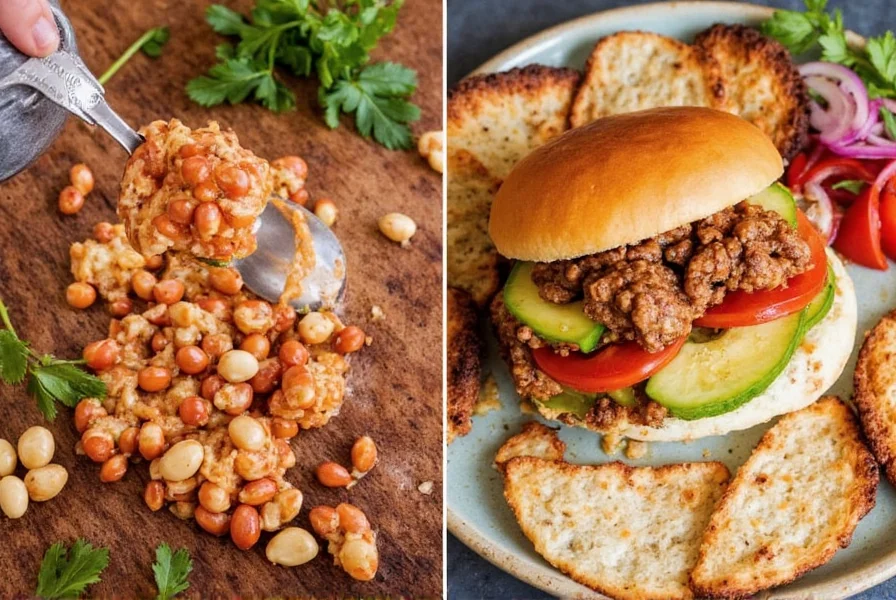
Final Thoughts: Savoring Brazil One Dish at a Time
Exploring Brazilian food dishes is more than just a culinary experience—it’s a cultural immersion. With its warm hospitality, vibrant music, and flavorful food, Brazil invites you to slow down, savor each bite, and celebrate life one plate at a time.
Whether you’re hosting a dinner party or trying something new on a lazy Sunday, don’t hesitate to bring a little bit of Brazil into your kitchen. Spice it up with dendê, jazz up your rice with farofa, or wow your guests with a classic feijoada. You might just discover your new favorite comfort dish.
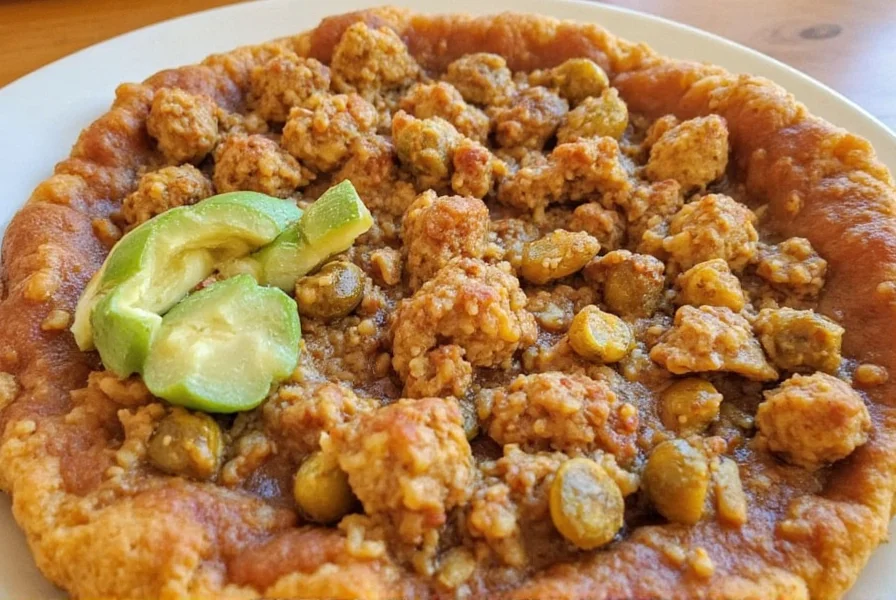
Until next time, bon appétit… or as they say in Brazil, bom apetite!

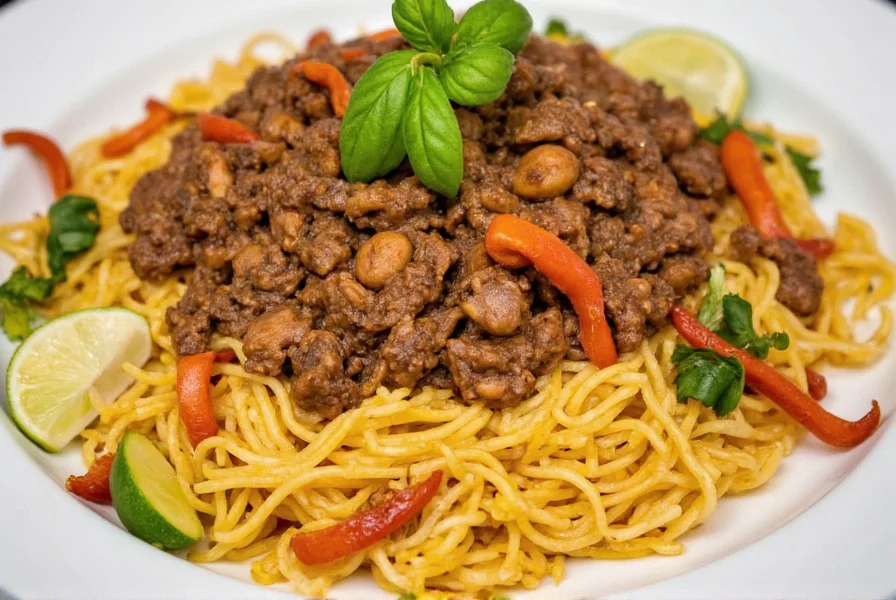









 浙公网安备
33010002000092号
浙公网安备
33010002000092号 浙B2-20120091-4
浙B2-20120091-4